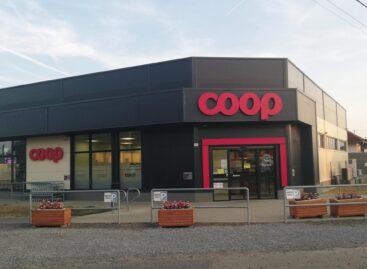Channel and chain specific domestic trade marketing
According to research and analysis by Nielsen, price discounts are not sufficient by themselves to promote sales. Discounts also need to be advertised inside and outside the stores. The ScanTrack system of Nielsen is used by the trade marketing pros of over 20 domestic manufacturers to help in the planning of promotions and the evaluation of their effects. The essential feature of the system is that it can separate extra sales generated as a result of promotion from basic sales. ScanTrack can be used flexibly, as the concept of trade marketing is different for practically all categories. Research by Nielsen shows that promotions completed in the first two weeks of the month are more effective, than those timed for the second half of the month. It is no surprise that hyper markets hold a strong position in the sales of household chemical products. There is sufficient space for all promotional activities in hyper markets and synergies can be taken advantage of. It has become a custom in hyper markets to reserve main streets for the promotion of detergents in March and October, the periods when most house cleaning is done. Other manufacturers reserve enormous shelf space for their products, which gets customers to focus on these and be less aware of competitors. The placement of goods suggests that a promotion is taking place, although this is no more than effective placement. Large store space also allows large product sizes to be accommodated. Hyper markets still continue to increase their market share, which is already 39 per cent for household chemical products. From the 60 categories of household chemical products monitored by Nielsen, 20 achieve double digit growth regularly in hyper markets. Examples are washing powder, toilette paper, deodorants, softeners etc. At the same time, drugstores are also improving their market positions, especially among body care products. Their market share is now 23 per cent. 8 product categories out of the biggest 10 show double digit growth in this segment. Out of the 60 categories monitored by Nielsen, 40 (!) show double digit expansion. The success of drugstores in due mainly to their strategy of opening new stores in locations outside the reach of hyper markets. As customers of drugstores are more receptive to innovations than the average consumer, they can be also be used for testing market response. Promotional activities in drugstores are adjusted to the smaller store space. Two for the price of one or three for two campaigns are common. Placements in displays seem to influence sales more than price discounts, as customers are used to constant promotional activity. The combined costs of advertising in leaflets, price discounts and displays are however, so substantial that only the biggest manufacturers can afford these. Instore Audit, a new service by Nielsen allows manufacturers to assess the effectiveness of placement, the use of BTL tools, implementation of promotional activities, consumer price and distribution. There has been a detectable shift towards trade marketing and in-store activities from conventional marketing in recent years, as media noise has become excessive. Market shares can be boosted by 30–40 per cent within a week using in-store promotions, which have become more sophisticated. This has inflated the role of consultants and experts who can provide a lot of help in assessing results.
Related news
Related news
László Pekó: “Coop isn’t just a network, it is a way of life – and has been for 30 years”
🎧 Hallgasd a cikket: Lejátszás Szünet Folytatás Leállítás Nyelv: Auto…
Read more >Winners of the 2025 Retailer of the Year award announced
🎧 Hallgasd a cikket: Lejátszás Szünet Folytatás Leállítás Nyelv: Auto…
Read more >K&H: significant price drop in the pork market
🎧 Hallgasd a cikket: Lejátszás Szünet Folytatás Leállítás Nyelv: Auto…
Read more >



